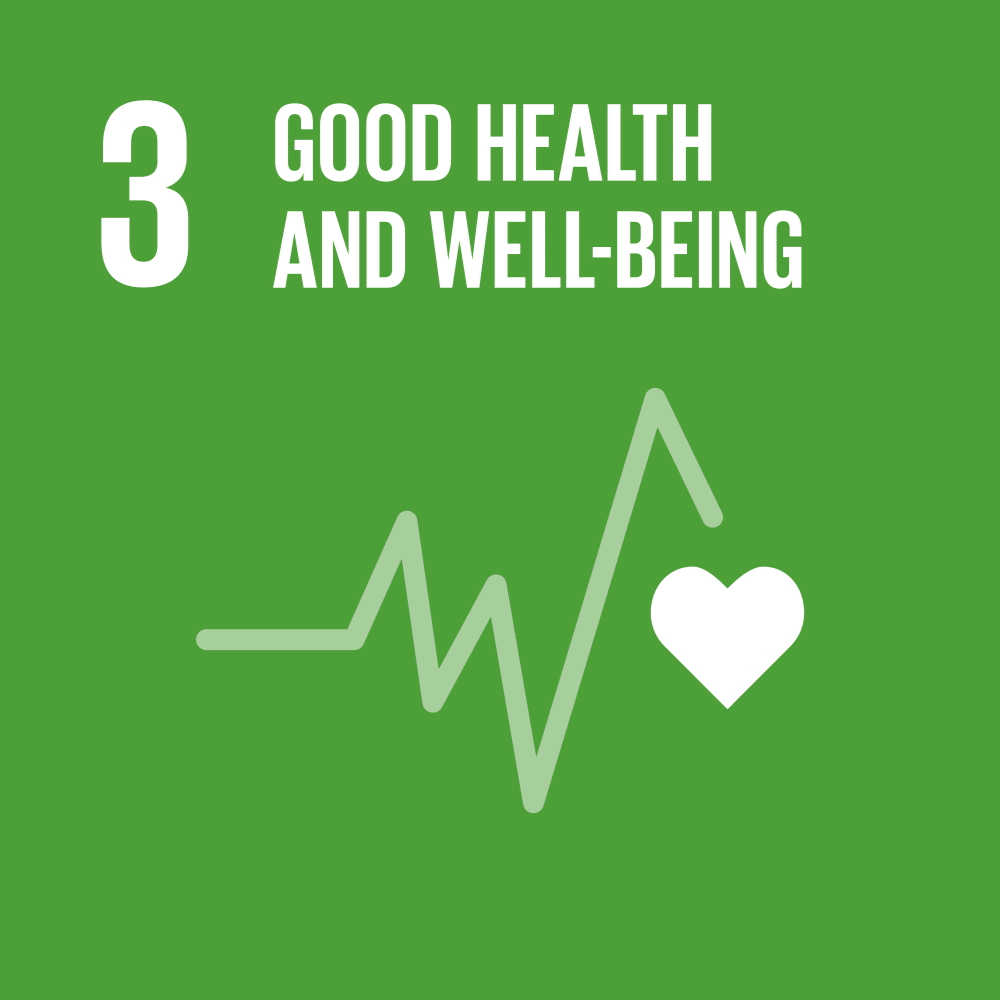Problem:
During osteosynthesis surgeries, complications often occur in the soft tissues near the damaged bone due to drilling with the orthopedic drill bit or incorrect screw selection. For example, 15% of surgeries for distal fractures present complications in the extensor tendons. For this reason, we detected the need to find a way to avoid damage to soft tissues during osteosynthesis surgeries. To address this need, we propose to develop Impedrill, an orthopedic drill bit that distinguishes bone depth
Idea:
Impedrill is an orthopedic drill that stops automatically upon soft tissue contact, preventing damage to nerves, tendons, and vessels. It achieves this through bioimpedance monitoring with electrodes embedded in the drill bit. The recognition system halts both rotation and forward movement as soon as soft tissue is detected, protecting structures beyond the bone’s second cortex. Simultaneously, it provides depth feedback, allowing precise screw selection.
Main Beneficiaries:
The primary users of Impedrill are surgeons who will operate the drill in surgical settings. Additionally, patients with distal radius fractures who require surgical repair are indirect users, as they do not operate the device but are the main beneficiaries by reducing soft tissue complications, particularly preventing damage to the wrist extensor tendons near the distal radius. Regarding patient epidemiology, distal radius fractures are among the most common, comprising 18% of total fractures and 75% of forearm fractures. Incidence follows a bimodal distribution: young adults typically experience high-energy trauma, while older adults experience low-energy falls. In the latter group, postmenopausal women constitute the majority due to low bone density associated with osteoporosis. Furthermore, approximately 19% of distal radius fractures require surgical intervention, with an estimated 15,000 patients per year undergoing this procedure in Chile and over 2,500 experiencing complications in the extensor tendons.
Stage:
Execution and validation
SDG:
GOAL 3: Good Health and Well-being
GOAL 3: Good Health and Well-being


University:
Pontificia Universidad Católica de Chile
